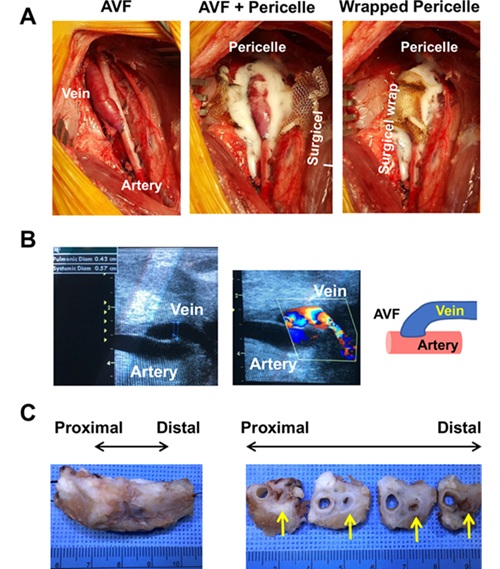Glowing Dye Helps Surgeons to Remove Hidden Prostate Cancer Cells in Real-Time
Posted on 10 Jun 2024
Surgery is often the most effective way to cure cancers when they are detected and removed in their initial stages. However, at these early stages, it is extremely difficult to visually determine which cancers have begun to spread locally. This highlights the urgent need for improved tools that can detect the early spread of cancer. Now, a new approach that combines a glowing marker dye with an imaging system could revolutionize prostate cancer treatment.
This innovative approach uses a combination of a glowing marker dye and a targeting molecule called IR800-IAB2M, which enables surgeons to visualize the boundaries of the tumor and detect any cell clusters that have migrated from the tumor to adjacent pelvic tissues and lymph nodes. This helps surgeons excise all the cancerous tissue while conserving the surrounding healthy tissues, significantly reducing the risk of cancer recurring and lowering the likelihood of severe side effects post-surgery. The dye and targeting molecule attach to a protein known as Prostate-Specific Membrane Antigen (PSMA), which is predominantly found in prostate cancer cells. The targeting molecule is derived from a minibody, a smaller version of an antibody designed specifically to bind with PSMA and no other molecules.

Researchers at the University of Oxford (Oxford, UK) conducted a study demonstrating that the glowing marker dye adheres to prostate cancer cells and aids surgeons in their removal in real-time. In the initial phase of the study, 23 men with diagnosed prostate cancer received an injection of this fluorescent dye before undergoing robot-assisted prostate removal surgery (radical prostatectomy). During the surgery, an imaging system emitting a special type of light was used to illuminate the prostate and surrounding areas, making the cancer cells visible. For several patients, the dye highlighted cell clusters that had spread from the primary tumor, which were not detectable by the naked eye or other clinical methods. This enabled surgeons to thoroughly remove cancerous tissues while preserving healthy ones.
Although this marker dye is still in the early stages of clinical development, it holds the potential to become a standard tool for surgeons, allowing them to visualize all aspects of the cancer during prostate removal surgeries. The imaging system that highlights the glowing cancer cells could be integrated with the robotic tools used in prostate surgeries. Additionally, the marker dye could be adapted for other cancer types by altering the protein it targets on cancer cells. More extensive clinical trials are currently being conducted to determine whether this technique more effectively removes prostate cancer and conserves healthy pelvic tissue compared to traditional surgical methods.
"We are giving the surgeon a second pair of eyes to see where the cancer cells are and if they have spread. It's the first time we've managed to see such fine details of prostate cancer in real-time during surgery,” said Nuffield Professor of Surgery at the University of Oxford, and lead author of the study, Professor Freddie Hamdy. "With this technique, we can strip all the cancer away, including the cells that have spread from the tumor which could give it the chance to come back later. It also allows us to preserve as much of the healthy structures around the prostate as we can, to reduce unnecessary life-changing side-effects like incontinence and erectile dysfunction.” The study was published in the European Journal of Nuclear Medicine and Molecular Imaging on June 10, 2024.
Related Links:
University of Oxford














